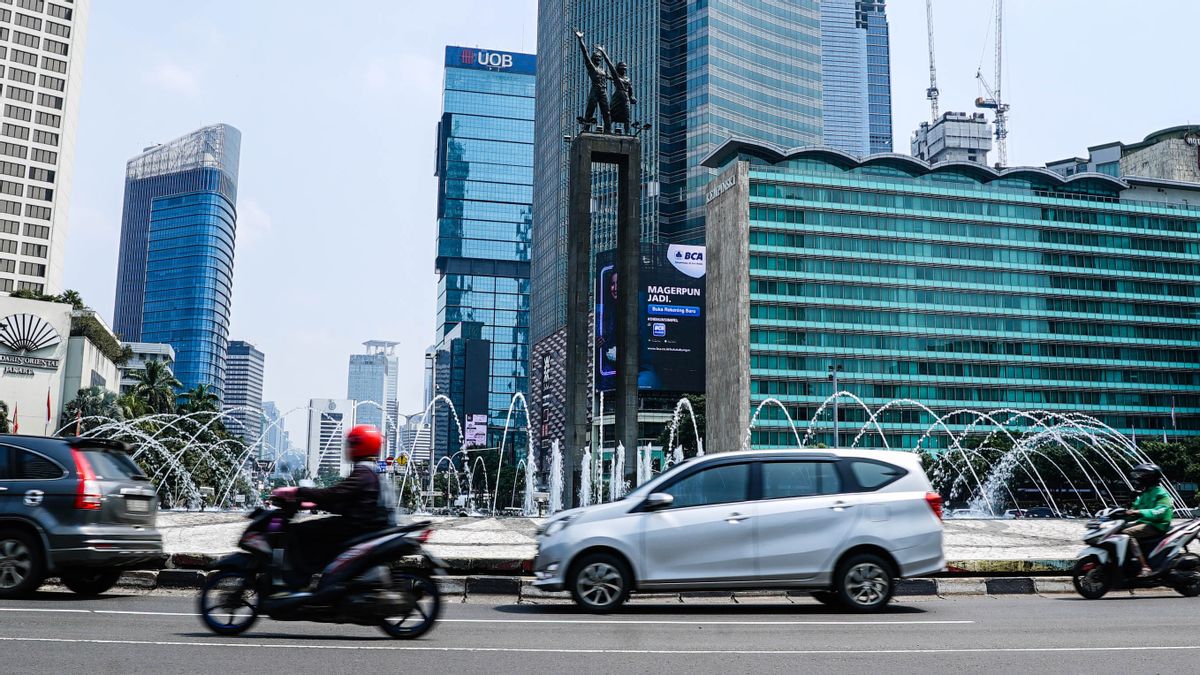JAKARTA - The University of Indonesia Institute for Economic and Community Research (LPEM UI) estimates that economic growth in the second quarter of 2021 will be in the range of 6.2 percent to 6.7 percent (year-on-year/yoy).
LPEM UI researcher Teuku Riefky said this prediction was also the end of the recession that occurred in the last four quarters.
"Apart from the recent increase in COVID-19 cases, economic activity in the second quarter of 2021 was relatively strong due to several factors such as the easing of social restriction regulations, government stimulus, and the Ramadan and Eid period," he said in a webinar on Wednesday, August 4.
According to Rifki, as an indication of a significant economic recovery, credit performance increased sharply throughout April and May 2021, mainly driven by an increase in working capital credit and investment credit.
Then, positive growth in consumption credit and acceleration in core inflation indicate that purchasing power is starting to recover, although consumers are still reluctant to shop.
“In June Indonesia continued to record a trade surplus for 13 consecutive months since May last year in the midst of the beginning of the second wave of the COVID-19 pandemic. However, the current account surplus is expected to remain in negative territory similar to the figures for the first quarter of 2021 due to a smaller goods trade surplus and a continuing trade deficit in services," he explained.
Rifki added, in contrast to last year's imports which weakened due to the pandemic, imports of raw goods and capital goods began to rise. The increase in imports is in line with signs of industrial expansion to support economic recovery as reflected in the purchasing managers' index (PMI) above 50 throughout May-June 2021.
"The sharp spike in COVID-19 positive cases and the prolonged social restrictions since late June are expected to hold back the progress of the economic recovery in the remaining quarters of this year," he said.
As for the full year 2021, LPEM UI said the growth rate was predicted to touch the range of 3.2 percent to 3.9 percent.
The English, Chinese, Japanese, Arabic, and French versions are automatically generated by the AI. So there may still be inaccuracies in translating, please always see Indonesian as our main language. (system supported by DigitalSiber.id)













